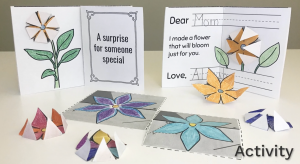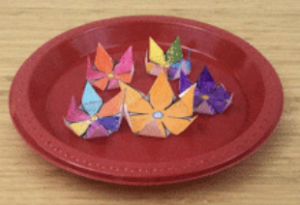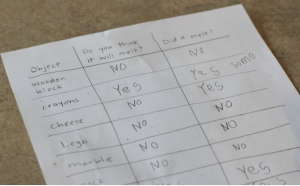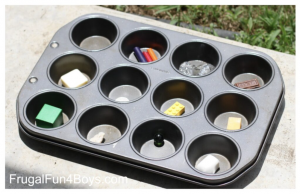The National Gallery of Art, located in Washington, D.C. is an art museum that preserves, collects, exhibits, and studies Western art, from the Middle Ages to the present, and is free to the public. Explore and learn about some of the most famous works from the National Gallery’s collection, make your own art, and share it with friends!
Spark your thinking!
1. Set up your early enrichment mini spark recording page:#71: All About Art!
2. Read this paragraph about the National Gallery of Art and add 3 details to your recording page.
The museum was founded in 1937 when the financier and philanthropist, Andrew W. Mellon, donated to the government a collection of paintings by European masters and a large sum of money to construct the gallery’s building, which was created by the architect John Russell Pope and opened in 1941.The National Gallery now holds a very large collection of European and American paintings, sculpture, decorative arts, and graphic works from the 12th to the 20th century. The museum has especially amazing holdings of works by Italian Renaissance painters, as well as by Dutch and Spanish Baroque and French Rococo artists.
3. Check out the famous works of art below that are located in the National Gallery of Art! Click on the name of the art and you will go to an information page. If you click on the words “visual description” there is more information about the art. Choose your favorite one and write about what you like on your recording page.

Georgia O’Keeffe Shell No.1


Louise Bourgeois Spider
5. OPTIONAL: You can discover the world of art in a fun and easy way. Explore and learn about some of the most famous works from the National Gallery’s collection, make your own art, and share it with friends at Paint -n- Play. Take a screenshot of your creation and add it to your recording page.
6. Share your Early Enrichment mini spark recording page with your teacher/EY coordinator.
Check out the Paint and Play mini spark where you can create your own art inspired by one of the pieces from the National Gallery of Art.









 Spring is in the air! Learn about the blooming power of flowers and then do a hands-on activity creating a blooming flower and card to give to someone special.
Spring is in the air! Learn about the blooming power of flowers and then do a hands-on activity creating a blooming flower and card to give to someone special.














